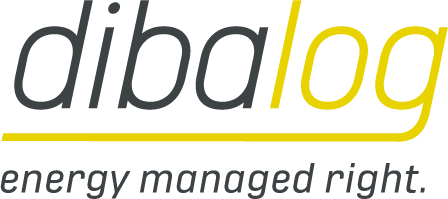Many advantages of load management for your company
Manage energy intelligently, reduce costs, avoid grid expansion
demand management for medium-sized companies
Energy efficiency becomes a top priority - economical, eligible for subsidies and immediately effective
Electricity prices are rising continuously - for many SMEs, this has long been a burdensome cost factor. However, there are practicable alternatives: dynamic demand management ensures that electrical loads are automatically controlled and peak loads are reliably avoided. It works decently in the background, reacts to grid loads in real time - and often pays for itself in less than two years.
.
The system is not only tried and tested - in use for over 40 years in a wide range of industries - but is also promoted by the state, for example via BAFA programs. Medium-sized companies benefit from measurable savings, predictable energy distribution and greater grid stability - with minimal technical effort.
Diversity of industries - practical applications
demand management in reality: successfully used in a wide range of application areas
Bakeries & hotels: Control of ovens, refrigeration units and air conditioning systems - without any loss of comfort.
Cold storage & food processing: Lower peak loads thanks to optimized cooling phases and automated control.
Rubber & amp; plastics industry: Energy-intensive machines are controlled tactically - without sacrificing production.
Metal production & treatment: Control of electric furnaces and drives according to grid load and production time.
Water management & pumping stations: Reduction of grid load through intelligent runtime shifting.
In all cases, businesses benefit from lower electricity costs, better grid compatibility and a clear improvement in energy efficiency.
Integration of modern energy sources
Use PV, CHP, heat pumps and storage economically - without overloading the grid
Combined heat and power plants (CHP): Feed-in and self-consumption are regulated according to demand.
Photovoltaic systems: Maximize self-consumption of electricity by shifting the load when the sun is shining.
Heat pumps: Time-shifted use without grid load - sensibly coordinated with other consumers.
Battery storage: Temporary storage of surplus energy for demand-oriented use at peak load times.
.
Demand management brings all components into a coordinated system that works automatically, efficiently and reliably - without any additional interface problems.
Intelligent charging infrastructure under control
Implementing e-mobility in a grid-friendly way - without expensive grid connection extensions
One particular field of application is load optimization for charging stations. Companies that rely on electromobility are often faced with the problem of grid connection capacity - especially when using fast chargers. Dynamic demand management from dibalog offers the solution:
Manufacturer-independent integration: Existing and planned charging stations are controlled centrally - regardless of the brand.
Load optimization in the overall system: Charging power is regulated based on the current grid load - without affecting the building supply.
Grid connection remains unchanged: In many cases, no additional grid expansion is necessary.
Fast charging without grid overload: Energy is fed from battery storage or shifted to the night hours through system control.
This enables economic and sustainable implementation of the e-mobility strategy without interfering with the infrastructure.
Conclusion
Why dynamic demand management pays off for every company
Demand management is no longer an option today - but a necessity in order to actively manage rising energy prices, volatile grid conditions and new consumption requirements. The solutions from dibalog are proven, scalable, eligible - and can be easily integrated into existing systems.
"Take advantage of the opportunities offered by intelligent load management now - for measurable savings, stable processes and a future-proof energy supply."

